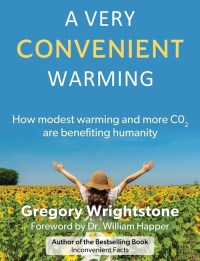 NOAA announced this weekend that there is a 75 percent chance a La Niña will form in the equatorial Pacific Ocean by fall, a phenomenon that is the flip side of the now-deceased El Niño. Currently, sea surface temperatures (SSTs) have returned to normal and experts think a La Niña will develop from July through September, bringing cooler temps this winter. La Niña events occur when cooler-than-normal surface waters of the equatorial (tropical) Pacific Ocean are observed (see video).
NOAA announced this weekend that there is a 75 percent chance a La Niña will form in the equatorial Pacific Ocean by fall, a phenomenon that is the flip side of the now-deceased El Niño. Currently, sea surface temperatures (SSTs) have returned to normal and experts think a La Niña will develop from July through September, bringing cooler temps this winter. La Niña events occur when cooler-than-normal surface waters of the equatorial (tropical) Pacific Ocean are observed (see video).
Scientists use the Oceanic Ni√±o Index to determine, measure, and predict any deviations from normal—or neutral—sea surface temps in the equatorial Pacific Ocean. The National Oceanic and Atmospheric Administration (NOAA) first speculated in mid-May that a La Ni√±a episode was likely to occur and has created a La Ni√±a watch page.
La Ni√±a events are designated when surface waters in the tropical Pacific decreases 0.5 degrees Celsius (0.9 degrees Fahrenheit) or more for at least five successive and overlapping three-month periods. An atmospheric response above the ocean waters is also associated with La Ni√±a events. Right now, NOAA is reporting that the equatorial Pacific is neutral, meaning SSTs have returned to normal, though many forecasters don’t predict it will last very long.
When the strong, naturally occurring El Ni√±o of 2015-2016 occurred, temperatures across the planet spiked higher than normal, caused widespread “nuisance flooding,” above-normal heat, and hottest-year-ever claims (under investigation by the House Science Committee). It also brought much-needed rain to the upper half of California, where reservoirs and lakes have reached capacity or surpassed previous levels.
So if the 2015-2016 El Ni√±o was the powerful “king” behind our recent warm weather and so-called hottest-year-ever claims, La Ni√±a is the “queen” who plans to take back the throne. This flipping back and forth is part of the El Ni√±o-Southern Oscillation (ENSO) cycle, and it occurs every 5 to 7 years. As Emily Becker writes on NOAA’s official blog, “Both human forecasters and computers are reasonably confident (75% chance) that sea surface temperatures will cross the La Ni√±a threshold by the winter.”
















